Topics
2021.3.16
【Press release】Rapid coupling between solid earth and ice volume during the Quaternary: Yusuke Kuwahara (D1), Department of Systems Innovation, and Professor Yasuhiro Kato, Frontier Research Center for Energy and Resources/Department of Systems Innovation, and other researchers
Name: Yusuke Kuwahara, Kazutaka Yasukawa, Koichiro Fujinaga, Junichiro Ohta, Kentaro Nakamura, Yasuhiro Kato and other researchers.
The solid earth plays a major role in controlling Earth’s surface climate. Volcanic degassing of carbon dioxide (CO2) and silicate chemical weathering are known to regulate the evolution of climate on a geologic timescale (> 10^6 yr), but the relationship between the solid earth and the shorter (< 10^5 yr) fluctuations of Quaternary glacial–interglacial cycles is still under debate. Here we show that the seawater osmium isotope composition (187Os/188Os), a proxy for the solid earth’s response to climate change, has varied during the past 300,000 years in association with glacial–interglacial cycles. Our marine Os isotope mass-balance simulation reveals that the observed 187Os/188Os fluctuation cannot be explained solely by global chemical weathering rate changes corresponding to glacial–interglacial climate changes, but the fluctuation can be reproduced by taking account of short-term inputs of (1) radiogenic Os derived from intense weathering of glacial till during deglacial periods and (2) unradiogenic Os derived from enhanced seafloor hydrothermalism triggered by sea-level falls associated with increases of ice sheet volume. Our results constitute the first evidence that ice sheet recession and expansion during the Quaternary systematically and repetitively caused short-term (< 10^5 yr) solid earth responses via chemical weathering of glacial till and seafloor magmatism. This finding implies that climatic changes on < 10^5 yr timescales can provoke rapid feedbacks from the solid earth, a causal relationship that is the reverse of the longer-term (> 10^6 yr) causality that has been conventionally considered.
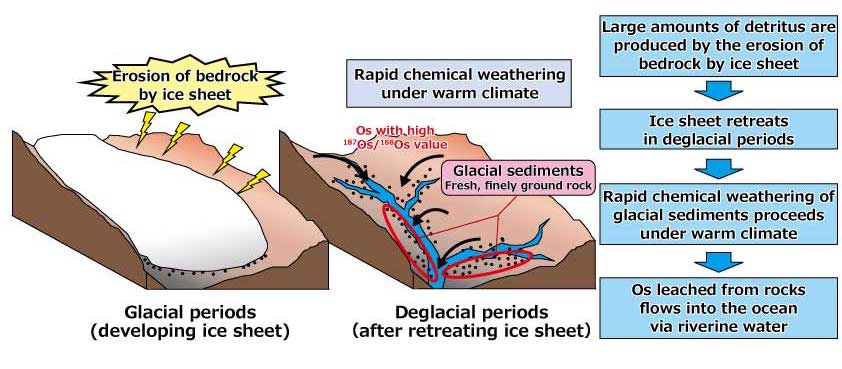
2020.6.19
【Press release】Fish proliferation and rare-earth deposition by topographically induced upwelling at the late Eocene cooling event
【Press release】Fish proliferation and rare-earth deposition by topographically induced upwelling at the late Eocene cooling event
Name: Junichiro Ohta, Kazutaka Yasukawa, Kazuhide Mimura, Koichiro Fujinaga, Kentaro Nakamura, Yasuhiro Kato
Abstract:
The deep-sea clay that covers wide areas of the pelagic ocean bottom provides key information about open-ocean environments but lacks age-diagnostic calcareous or siliceous microfossils. The marine osmium isotope record has varied in response to environmental changes and can therefore be a useful stratigraphic marker. In this study, we used osmium isotope ratios to determine the depositional ages of pelagic clays extraordinarily rich in fish debris. Much fish debris was deposited in the western North and central South Pacific sites roughly 34.4 million years ago, concurrent with a late Eocene event, a temporal expansion of Antarctic ice preceding the Eocene–Oligocene climate transition. The enhanced northward flow of bottom water formed around Antarctica probably caused upwelling of deep-ocean nutrients at topographic highs and stimulated biological productivity that resulted in the proliferation of fish in pelagic realms. The abundant fish debris is now a highly concentrated source of industrially critical rare-earth elements.
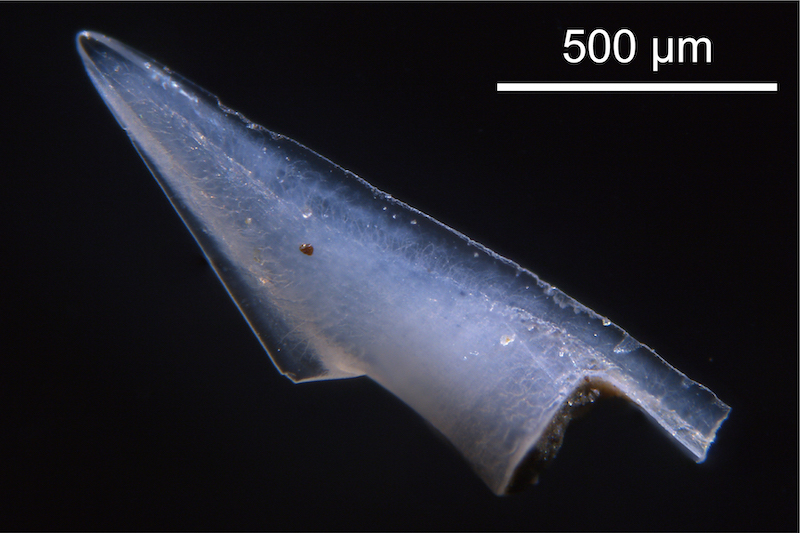
Chiba Institute of Technology
JAMSTEC
Waseda University
Kobe University
2019.12.20
【Press Releases】Visualisation method for the broad distribution of seafloor ferromanganese deposits: Lecturer Kazutaka Yasukawa, Professor Yasuhiro Kato, Frontier Research Center for Energy and Resources, and other researchers
【Press Releases】Visualisation method for the broad distribution of seafloor ferromanganese deposits: Lecturer Kazutaka Yasukawa, Professor Yasuhiro Kato, Frontier Research Center for Energy and Resources, and other researchers
The increasing global demand for industrially critical metals has driven the development of deep-sea mineral resources. In the past, acoustic exploration has been utilised as an efficient technique for investigating deep-sea mineral resources. However, a practical method applicable to a wide distribution of resources has not yet been established. We show that the acoustic backscatter intensity of the seafloor determined using a vessel-equipped multi-narrow beam echo sounder provides an inherent threshold that bounds different types of geology, e.g. barren pelagic sediment and dense ferromanganese nodules. We found that multiple datasets from different sounders and/or the observation periods could be integrated on the basis of the thresholds that indicate the same geological boundaries. Furthermore, the integrated data and threshold provided visualisation and quantitative estimations regarding the distribution of ferromanganese deposits covering thousands of square kilometres. Our method is applicable after minimal data processing and ground-truth observations, and provides expeditious and exhaustive reconnaissance exploration.
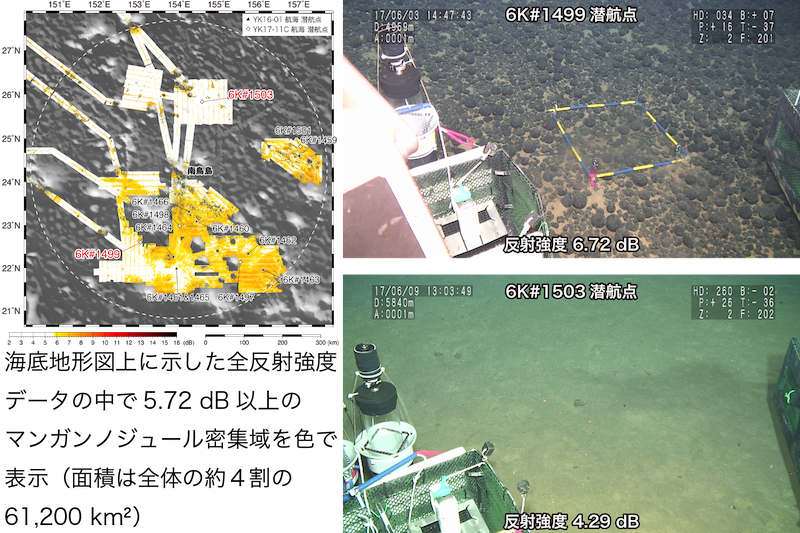
2019.12.4
【Press Releases】A Miocene impact ejecta layer in the pelagic Pacific Ocean : Lecturer Kazutaka Yasukawa, Professor Yasuhiro Kato, Frontier Research Center for Energy and Resources, and other researchers.
【Press Releases】A Miocene impact ejecta layer in the pelagic Pacific Ocean : Lecturer Kazutaka Yasukawa, Professor Yasuhiro Kato, Frontier Research Center for Energy and Resources, and other researchers.
A Miocene impact ejecta layer in the pelagic Pacific Ocean : Lecturer Kazutaka Yasukawa, Professor Yasuhiro Kato, Frontier Research Center for Energy and Resources, and other researchers.
Meteorite impacts have caused catastrophic perturbations to the global environment and mass extinctions throughout the Earth’s history. Here, we present petrographic and geochemical evidence of a possible impact ejecta layer, dating from about 11 Ma, in deep-sea clayey sediment in the Northwest Pacific. This clay layer has high platinum group element (PGE) concentrations and features a conspicuous negative Os isotope anomaly (187Os/188Os as low as ~0.2), indicating an influx of extraterrestrial material. It also contains abundant spherules that include pseudomorphs suggestive of porphyritic olivine as well as spinel grains with euhedral, dendritic and spherical forms and NiO contents as great as 23.3 wt%, consistent with impact ejecta. Osmium isotope stratigraphy suggests a most plausible depositional age of ~11 Ma (Miocene) for this layer, as determined by fitting with the seawater evolution curve. No large impact crater of this age is known on land, even within the relatively large uncertainty range of the relative Os age. Thus, we suggest that an unrecognised impact event in the middle or late Miocene produced the impact ejecta layer of the Northwest Pacific.
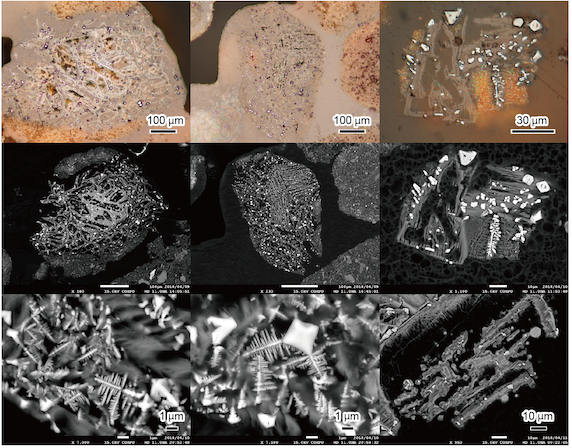
2019.9.15
FRCER website has been renewed
On September 13, 2019, the website of FRCER was renewed.
The new site has updated its design and contents, and supports smartphone display.
We will continue to disseminate various information including our latest research outcomes.
2019.7.25
Research on Ammonia Decomposition Published in Nature Chemistry.
Research on Ammonia Decomposition Published in Nature Chemistry.
The group of Associate Professor Kazunari Nakajima (Frontier Research Center for Energy and Resources (FRCER), School of Engineering, The University of Tokyo), Professor Yoshiaki Nishibayashi (Department of Systems Innovation, School of Engineering, The University of Tokyo), and Professor Ken Sakata (Faculty of Pharmaceutical Sciences, Toho University) reported a new ammonia decomposition reaction with ruthenium catalysts. The research paper was published in Nature Chemistry.
In this research, the authors succeeded in the oxidative conversion of ammonia into dinitrogen gas. This process corresponds to the energy extraction from ammonia to gain electrical energy. This research provides potential basis to develop a fuel cell using ammonia as an energy source (energy carrier).
Kazunari Nakajima, Hiroki Toda, Ken Sakata, Yoshiaki Nishibayashi. Ruthenium-catalysed oxidative conversion of ammonia into dinitrogen. Nature Chemistry 11, 702-709 (2019).
Puplished paper is here.
2019.4.25
Research on Ammonia Synthesis Published in Nature.
Research on Ammonia Synthesis Published in Nature.
Associate Professor Kazunari Nakajima, Frontier Research Center for Energy and Resources (FRCER), Professor Yoshiaki Nishibayashi, Department of Systems Innovation and co-workers reported a new ammonia synthesis with molybdenum catalyst. The research paper was published in Nature.
In this research, the authors succeeded in the use of water as a hydrogen source for ammonia in combination with samarium diiodide as a reductant. The successful use of water, an abundant hydrogen source, in ammonia synthesis from dinitrogen provides an important basis toward utilization of ammonia as an energy carrier.
Yuya Ashida, Kazuya Arashiba, Kazunari Nakajima, Yoshiaki Nishibayashi. Molybdenum-Catalysed Ammonia Production with Samarium Diiodide and Alcohols or Water. Nature 568, 536-540 (2019).
Puplished paper is here.
It is also introduced by ”News and Views” in Nature.
2019.3.20
The 20th International Conference on Petroleum Phase Behavior and Fouling (PetroPhase 2019)
The 20th International Conference on Petroleum Phase Behavior and Fouling (PetroPhase 2019)
On June 2-6, 2019, The 20th International Conference on Petroleum Phase Behavior and Fouling (PetroPhase 2019) will be held at Ishikawa Ongakudo (Kanazawa, Ishikawa, Japan).
Detailed information is here.
2019.2.20
[Event] SUPRI-Tides: Research Consortium on Analysis of Earth Tides 2018 Annual Meeting
[Event] SUPRI-Tides: Research Consortium on Analysis of Earth Tides 2018 Annual Meeting
On February 22, 2019, the 2018 Annual Meeting of the Research Consortium on Analysis of Earth Tides, SUPRI-Tides, will be held at the University of Tokyo.
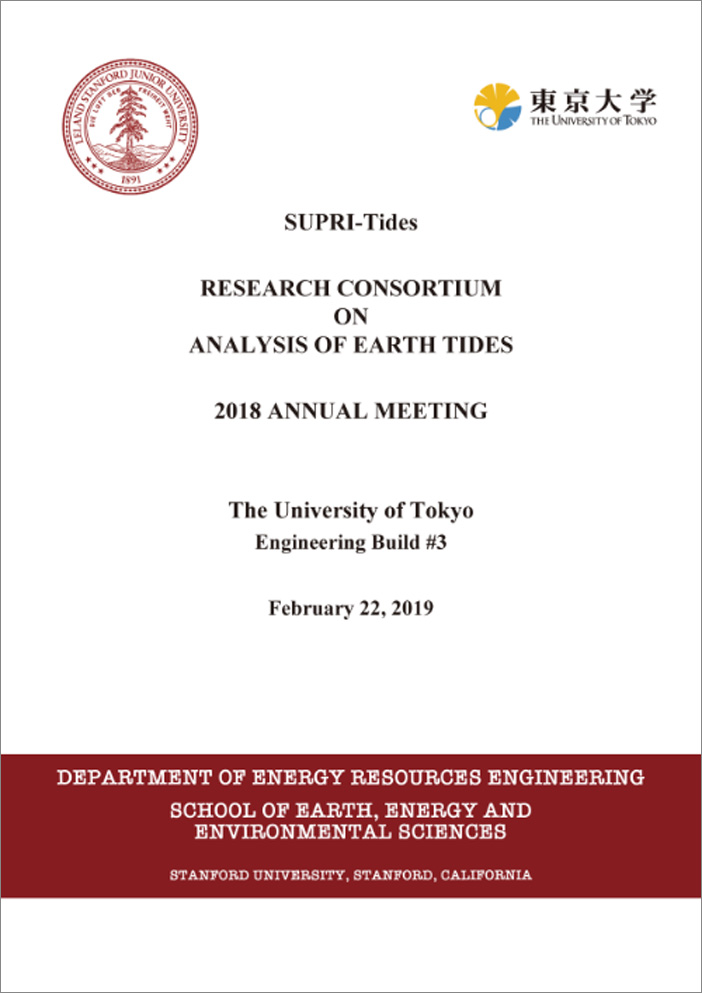
Detailed information is here.
2018.11.6
Director/Professor Yasuhiro Kato, Frontier Research Center for Energy and Resources (FRCER), received the top prize at the 2018 Nikkei Global Environmental Technology Award.
Director/Professor Yasuhiro Kato, Frontier Research Center for Energy and Resources (FRCER), received the top prize at the 2018 Nikkei Global Environmental Technology Award.
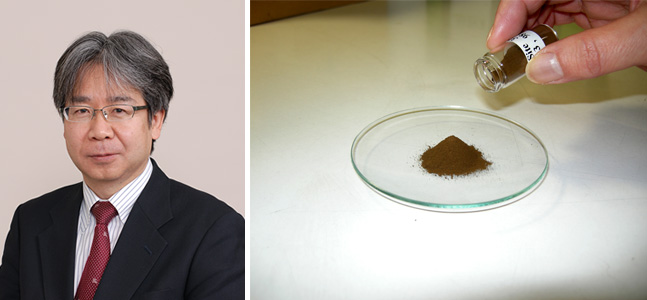
On October 31, 2018, Director/Professor Yasuhiro Kato, Frontier Research Center for Energy and Resources (FRCER)/Department of Systems Innovation, received the top prize at the 2018 Nikkei Global Environmental Technology Award, which is presented by Nikkei Inc.
This award is provided to excellent research achievements that will establish the sustainability of global environment by technologies targeting climate changes, renewable energies and energy conservation, material recycle, environment and ecosystem conservation, etc., from the perspectives of uniqueness, future prospects, and feasibility.
Detailed information is here.






